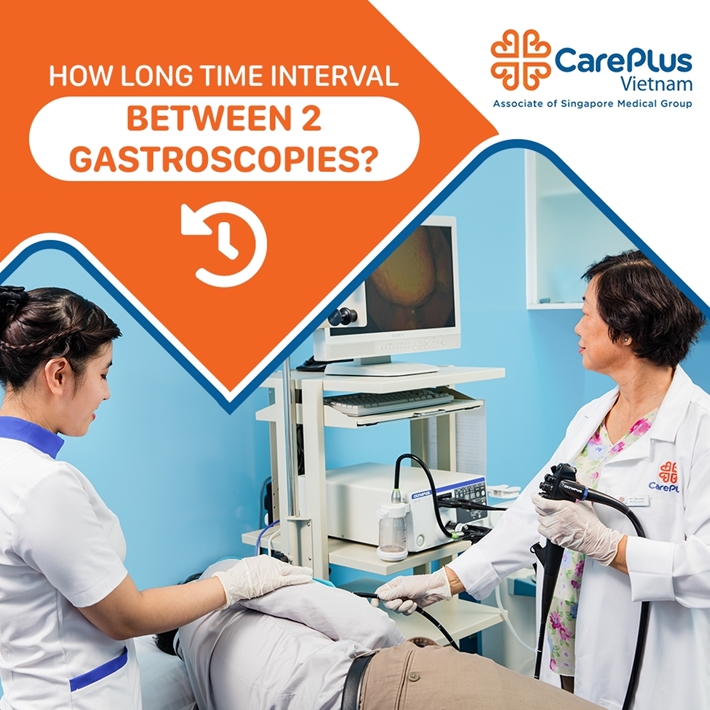How long is the interval between 2 gastroscopy?
How long is the interval between two colonoscopy? When should I go for a gastroscopy?

7/1/2022 10:30:37 AM
Upper gastrointestinal endoscopy, including gastroscopy, is a technique used to directly examine a patient's upper digestive system with a small camera mounted at the end of the endoscope.
How long is the interval between two colonoscopy? When should I go for a gastroscopy?
- Mild gastric pain and no gastric dysplasia detected: For subjects with mild gastric pain and no severe symptoms during the first endoscopy, no need for repeat endoscopy. 2nd.
- Chronic stomach pain, Helicobacter pylori infection and no gastric dysplasia: In case of chronic stomach pain, Helicobacter pylori infection and no symptoms of dysplasia exist in the oesophagus, it is only necessary to have a medical examination. endoscopy every 3 years.
- Barrett's esophagus and detecting gastric dysplasia: In cases where Barrett has performed and detected gastric dysplasia, the patient will be recommended by specialists to have an endoscopy once a year for convenience. health monitoring.
- Stomach is severely damaged and gastric dysplasia is detected: In these cases, specialists usually appoint endoscopy every 3 to 6 months for a general examination as well as to detect abnormal symptoms. so that appropriate treatment options can be developed.
- Gastrointestinal bleeding: Cases of gastric bleeding are usually indicated for endoscopy several times a day. Because this is one of the dangerous complications and needs to be detected early. At that time, the specialist will come up with appropriate treatment plans.